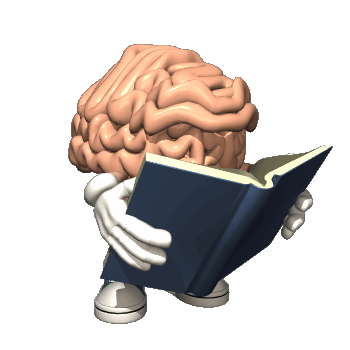In order to master content one must reflect upon it. In this blog I will be talking about my fieldwork experience and go into depth on how it helped me master certain aspects. Before beginning my experience for fieldwork I was overwhelmed and didn't know where to begin my lessons. I've heard of the three different lessons, but I was unsure on how to implement them. Watching group one go made me realize the distinct difference between each lesson. During these lessons I was talking mental notes on what will benefit our group. Even at the end of group ones teaching we all had a moment to reflect upon how they did teaching. This gave all of us insight on how we should set up our lessons and implement them. A few blogs down, I gave my feedback on how group one did to mater their content. We were asked to fill out a reflection template based on how each group implemented their lessons. At first I thought this was going to be busy work and had nothing to do with the content, but it was the complete opposite. During this time, I was learning on how to think critically and even give "sound" feedback to each group. This was a learning experience for me and I enjoyed writing these reflections. In each reflection I put down aspects that I liked and how I would maybe implement some things different. The way I constructed it helped me apply my knowledge and construct a higher order of thinking. I was looking back to my recent reflections and observed how I was still unsure of the content and was confused on what to write. Skimming through the later reflections, you can see more in depth detail and a lot more emphasis on how to implement a proper lesson. Overall I think the reflections that were required helped me understand the difference between the lessons and how to implement them within a classroom. When reading about Bloom's Taxonomy I was a little skeptical on how this all connects with teaching, but it connects in a way through the students. Students are "blank slates" as they call it, but they do have some sort of prior knowledge on the different subjects. When learning new content they start at the very bottom of the pyramid and eventually build their way up to the higher order of thinking spectrum. We do this by building a foundation through the direct instruction. This is where it is teacher centered and the students are learning either by listening or writing. Listening would be on the bottom of the pyramid along with accessing prior knowledge. I like to think of this process like building stairs, in order to get to the next step you have to follow it in sequential order. The next lesson that is given would be the inquiry process. Students are applying the knowledge they just learned in the previous instruction. They are starting to build a higher order of thinking by making their own discoveries. Finally is the cooperative lesson. Cooperative is important to build students social skills and also evaluate their fellow peers on how they worked together and their overall summary on the content they learned from the inquiry lesson. Evaluation and reflection would hit the highest point on Bloom's Taxonomy. Relating this theory to the three different lessons really showed me the crucial connections between theories and designing lessons.
Another important attribute that I would like to talk about is implementing the 5 E's during the inquiry process. When designing the inquiry lesson, I was unaware that there were 5 E's that teachers must hit in order to develop this higher order of thinking. I started to realize this aspect when the first group taught their inquiry lesson. While they were teaching I was looking down at the reflection paper and comparing and contrasting on how they implemented these concepts. According to CScope, "Teachers should encourage students to
explain observations and findings in their own words (5E Lesson Design: Applicationto CSCOPE Social Studies, page 28). The inquiry process should be a dual interaction between teachers and students. Students should have more control during this process, but the teachers are there to provide help to any students that are struggling. The 5 E's help the students discover their own findings either with a group or individually. Overall I think my fieldwork experience was successful and helped me develop more knowledge on not only how to teach well, but also how to write a well developed lesson plan. Before fieldwork I was not really sure on how to even start a lesson plan or even know how to implement it. I'm feeling very confident in what I am doing now. Below is a rubric that is based on my fieldwork experience. Feel free to look at the marks and I hope you enjoyed this blog. Until next time bloggers :)


No comments:
Post a Comment